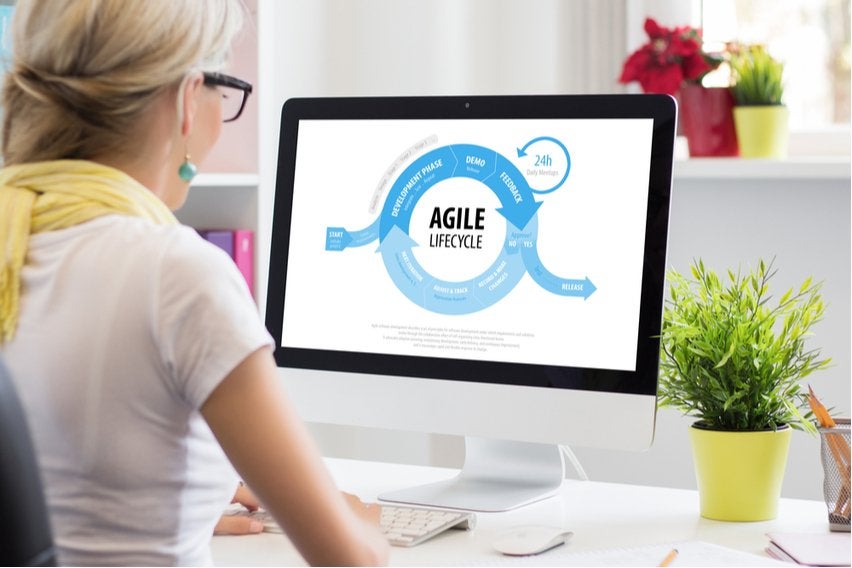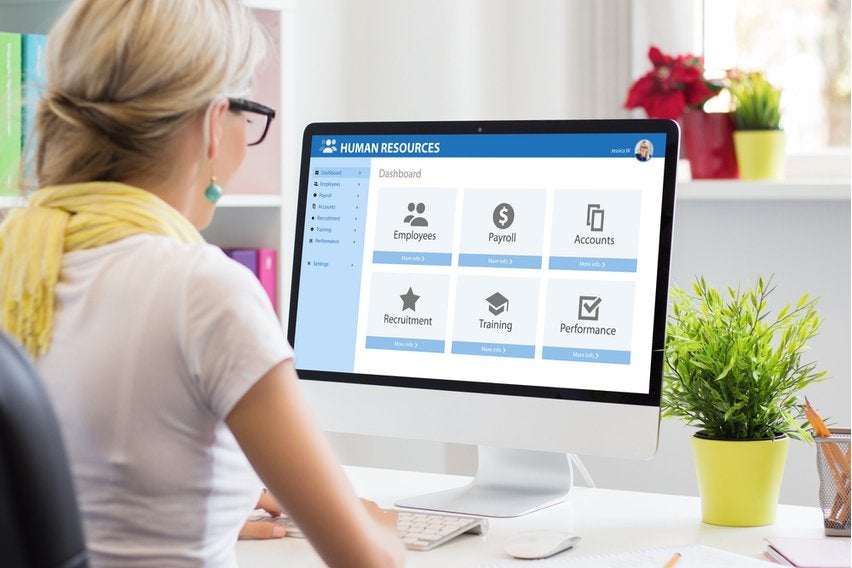Project Management Methodologies: A Definitive Guide

There are lots of project management methodologies out there. But how do you find the one that works for you?
The world of traditional project management has grown from a simple multi-step approach. Companies are now using management methodologies for different project types. No matter what the project is, using a project management methodology delivers effective results.
There are different styles when it comes to a project management tool you can use. And these tools differ from a traditional method or traditional approach. They can range from traditional, modern, hybrid, and process-based.
There’s a wide range of choices and they can benefit projects and teams as a whole. But what makes for a good project management method? Below is everything you need to know about what a project management methodology is and how to find one that works best for you.
Here’s What We’ll Cover:
What Is Project Management Methodology?
The 7 Most Popular Project Management Methodologies
What Is Project Management Methodology?
You may think that there are only a few different project management methodologies out there. But, dozens have been developed over the years to give you more choice over the way you communicate and work. As a project manager, choosing the right project management methodology is one of the first things you will have to consider.
Simply put, a project management methodology is a distinct set of principles and processes used to manage a project. From conception to completion, the principles will guide you to become more efficient.
Whichever one you choose will have a positive impact on the way you and your team function.

The 7 Most Popular Project Management Methodologies
1. Agile
The emphasis of Agile is on having the best possible outcome for your project. And it’s broken down into four distinct principles.
- A focus on individuals and interactions instead of processes and tools
- Working software instead of comprehensive documentation
- The use of customer collaboration over contract negotiation
- Instead of following a plan, you respond to change
Using Agile project management is more of a set of values to follow rather than distinct processes that map out your project. It’s a flexible design and build process that’s defined by creating tasks that are then executed and adapted as the project unfolds. There’s a greater focus on helping teams respond to unpredictability.
A lot of project management methodologies base their principles on a project being predictable. The Agile framework takes a different approach by making you more adaptable to changing circumstances. It also creates a more streamlined communication approach between the client and the project team.
Project managers create a more responsive and transparent workflow by sharing the responsibilities. By doing this, there’s much more awareness and any changes in the market are handled efficiently.
Who Is the Agile Methodology Best For?
Since Agile has an emphasis on adapting to change, it best suits businesses that want to act quickly. You can increase how responsive your company is to different customer demands or changes to the market. Plus, depending on your project schedule and type of project, it will create a better development process.
This can be a great option for project leaders and creative teams since there are no fixed stages or set requirements. There’s more freedom to try different things and make changes along the way.
The Agile project management route also makes it easy to receive feedback from a client or stakeholder, which will reduce any opportunity of project failure and turn it into project success.
2. Waterfall
One of the oldest methodologies, Waterfall was developed to simplify software development processes. It’s become one of the most-used project management methodologies in the industry. The principles are set up in sequential order.
Since this method has a focus on the requirements, it’s important to understand the demands of your project. There’s little room to correct errors once you begin, so having a clear vision of the direction you are going will help avoid any issues.
The process includes self-contained stages to complete before you move to the next critical activities. The Waterfall project management method flows as if it were a cascading waterfall.
First, the requirements of the project get defined at the top of the waterfall before any work begins. An analysis of the requirements is important before moving onto the design and planning stage. From there, you begin implementation and testing to ensure everything lines up with your desired outcome.
Finally, the project gets launched or deployed and you can track any ongoing maintenance. You can adapt these steps depending on the approach you want to take and the industry that you are in. But the principles and processes will remain the same.
Who Is the Waterfall Methodology Best For?
The Waterfall model is often used among software developers. It’s extremely simple to use and the structure allows you to organize work and monitor progress. By focusing on understanding each requirement from the first stage, the waterfall flows down to the following stages.
It’s a great option for simple and short projects and projects that have clear requirements. If you know exactly what you want and can define your needs, this method might suit you best.
3. Hybrid
As you might expect, the Hybrid project management approach is a combination of Agile and Waterfall. By taking the best of both, the Hybrid approach creates flexible yet structured processes used across a broad range of projects.
Your focus starts by compiling and analyzing any requirements. You then install the flexibility of the Agile approach and emphasize frequent testing. It’s a great way to get the best out of both project management methodologies.
Who Is Hybrid Methodology Best For?
Using the Agile or Waterfall approaches works well depending on your project scope. But what if you will benefit most from a combination of both? The Hybrid approach has the same structure as the Waterfall method with the flexibility of Agile.
If your project needs structure but also needs the freedom to adapt to changes, then use the Agile method.
4. Scrum
The Scrum approach has more of a focus on the entire team taking on a project. There’s no project manager and the team manages and organizes themselves. The framework consists of a simple process of planning, communication, execution and feedback.
There is a heavy focus on “sprints”. This is where the team develops a list of project goals or tasks to reach by a certain date, usually after 30 days. This makes it easier to manage broad and complex projects. And there are daily scrum meetings for team members to provide updates.
Each team member shares the progress they have made or any issues that have come up. At the end of the sprint, the team comes together for an in-depth meeting to review and present their work. The rest of the team offers feedback and any suggestions moving forward.
Who Is the Scrum Methodology Best For?
It all depends on the project, but the Scrum method requires team members who are highly focused and skilled in what they do. There is a large emphasis on discipline and teams set their own priorities. This means team members need to be motivated and independent enough to fulfill their own responsibilities and tasks.
Since the team is self-managed, there is a higher risk of a project failing if a team member isn’t disciplined. But, the framework of the Scrum method creates a simple process from planning to execution.
5. Lean
Using the Lean project management method is all about how you can do more with less. You streamline the entire project management process and cut any waste. The process starts by identifying the value and then maximizing that value with constant improvement.
It addresses the three areas that create waste: Muda, Mura, and Muri, which are also known as the 3M’s. So instead of a general method that has set processes and tasks to complete, the Lean principles are more of a set of guiding concepts.
Muda is the process of taking away anything that’s not adding any value. Mura is about eliminating any overhead created throughout the project. And Muri is about extinguishing anything that can cause you to become overloaded.
When you change how you operate during a project, the idea of delivering the most value becomes top-of-mind. The Lean project management approach shifts the focus from optimizing specific areas to how the entire project flows. This forces you to think about how you can remove anything that doesn’t provide value to your customer.
Who Is the Lean Methodology Best For?
Do you want to focus on delivering as much value as possible and eliminate waste along the way? Then the Lean method would work best for your project scope and objectives. Whether it’s a small or large project, you will have much less wasted time and a greater focus on the important areas of your project.
Overproduction, extra inventory, and employees who take on too much can cause disruptions to workflow. The Lean method is all about adding value. If you want to streamline your project management process and cut out the fluff that doesn’t add any value, then the Lean process will help get you there.

6. Kanban
Focused on the principles of the Lean method, Kanban is all about increasing efficiency. The process is flexible and doesn’t require specific roles for project team members. It’s simply meant to have team members focus on what matters most throughout the project process.
It consists of imagining the workflow, defining process policies, and constantly looking for ways to improve. Using the Kanban approach culminates in work that is continuous and high-quality. Which is great when change can happen frequently.
The team uses a visual display of upcoming tasks and what is going to happen next, allowing for priorities to be set. And by visualizing what’s coming, the workflow can be improved and the time it takes to complete tasks can be optimized.
The visual aspect lets team members prepare and monitor any upcoming tasks that could affect the way they’re currently working. The Kanban method is an incredible way to accommodate for any changes. It’s also a valuable approach to project demands.
Who Is the Kanban Methodology Best For?
Kanban is a great approach for projects that need constant and steady output. Operational or maintenance projects can benefit the most because priorities can change quickly. If you want to streamline your team’s workflow then the Kanban method might be the right way to go.
It’s common for project managers to use whiteboards, sticky notes or online project management tools to manage the processes. It outlines all the to-do lists, tasks that are currently ongoing and lets team members see what’s completed.
Key Takeaways
Every project requires a different approach depending on your needs and desired outcome. As a project manager with different types of teams, you might also have to evaluate how your specific team members work most efficiently.
There’s no perfect recipe. As you can see from the six project management methodologies outlined here, you could use a combination of approaches. Maybe it’s clearly defining the steps and processes to take or creating an efficient workflow.
One of these project management methodologies will be sure to help you and your project team. The beautiful part is that you don’t have to follow only one approach from start to finish. You can implement elements from several approaches to maximize the value and reach project goals.
Did you find this guide useful? Find more like this on our resource guide.
RELATED ARTICLES
 5 Best Business Management Software for Small Businesses
5 Best Business Management Software for Small Businesses 5 Best Timesheet Apps for Time Management
5 Best Timesheet Apps for Time Management 11 Time Management Strategies
11 Time Management Strategies How to Make a Business Plan: A Comprehensive Guide
How to Make a Business Plan: A Comprehensive Guide Working From Home: An Ultimate Guide on How to Work From Home
Working From Home: An Ultimate Guide on How to Work From Home The 5 Best Free Online Planners
The 5 Best Free Online Planners